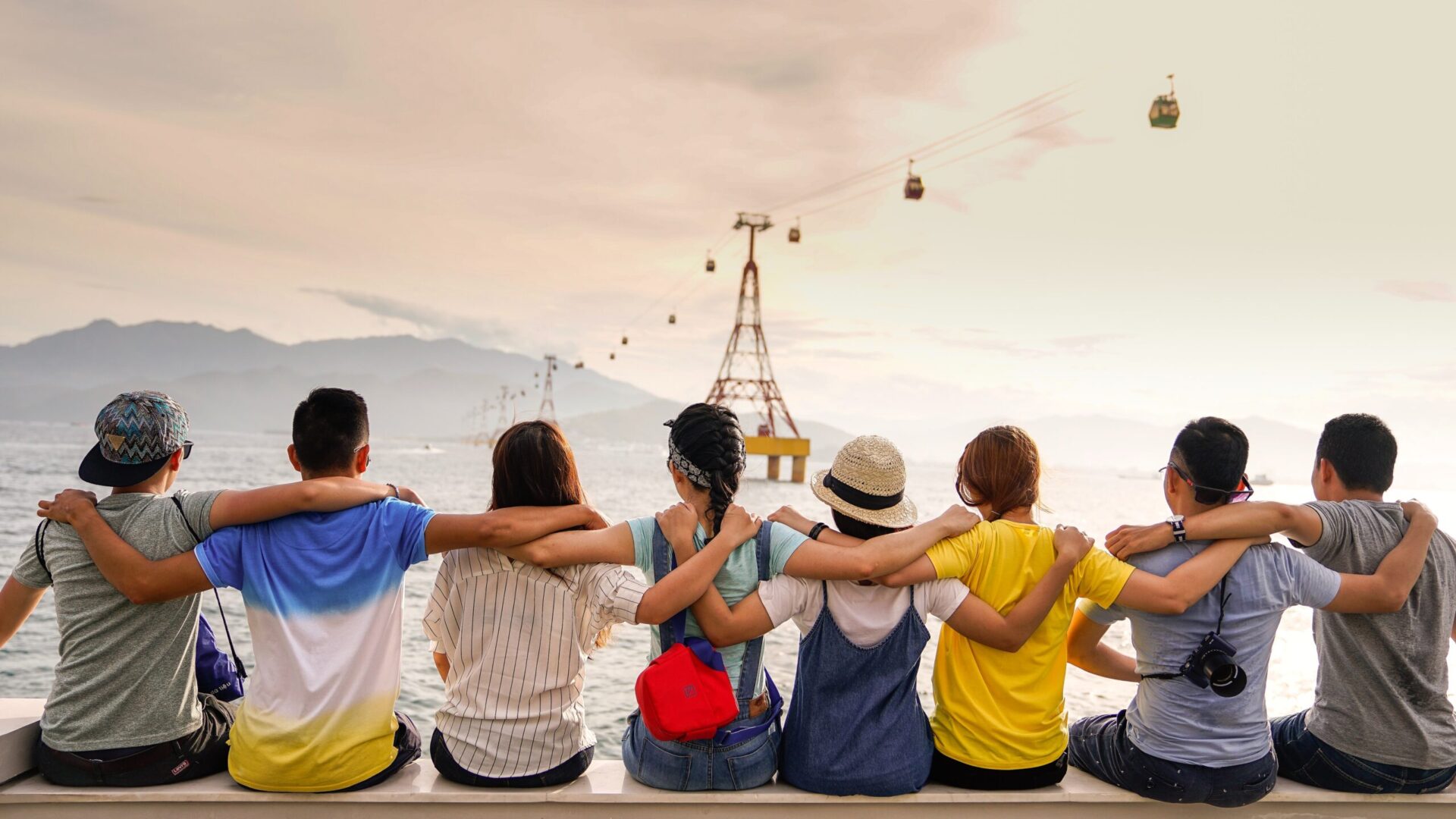This is exactly what one of our clients has done recently. Said client wanted to go beyond the usual archetypical user, as for their project goal, the more common approach of creating personas would be too limiting, which may lead to unintentional exclusion of potentially important user segments. With the goal of identifying and exploring new business opportunities in the field of skincare products, HYVE, together with the client, set out to spot relevant and potentially new target groups. The approach taken to do so was to uncover consumer tribes, as opposed to creating personas, by conducting a Social Media Exploration along the HYVE radar – to provide user needs, pains and wishes, and to gain insights into different life stages of the groups.
Are you now questioning yourself what “tribes” may be? Read along to find out!
What is a tribe in user research?
A tribe is a network of heterogeneous persons […] who are linked by a shared passion or emotion” (Cova & Cova, 2002, p. 602)
It is made of people who share the same culture, passions, and visions of life. Each member of a tribe may choose to belong to many smaller and larger tribes.
Tribes have always existed – individuals have always had the urge to identify themselves with a group. Tribe marketing is reviving a human social unit from the past (people have always wanted to connect and lead)
In 2008 Seth Godin made the term „Tribes“ relevant for marketing with his bestseller „Tribes – we need you to lead us.
To create outstanding innovation which is truly user-centric, using tribes opens up opportunities to better connect with users. It is also possible to become a leader of specific tribes as a brand or company.
How can one identify a tribe?
Tribes or micro-cultures are identified through social media exploration (also see “Netnography”). With the rapid expansion of social media, it has become more common to use tribes as a tool to understand users, as the focus lies on the relationship among users sharing common traits rather than looking at e.g. demographic traits. Find out more about Netnography in this video.
Why do some companies not use personas any longer?
Unlike personas, tribes are non-fictional. They are social groups that are formed by people sharing common interests, values, community, profession, needs, or aspirations. Moreover, shared personality traits, influencers, and communication platforms help to identify and define tribes.
Each tribe has its own peculiarities, behaviors, rituals, traditions, myths, values, beliefs, hierarchy, and vocabulary which supports the identification of tribes.
What is interesting is that brands like Danone no longer work with demographic target groups but have identified 16 different tribes to work on „passion points“ to better tailor video content to the specific tribes. Similarly, Netflix is working with “Taste Communities”, as users can no longer be separated and addressed based on demographic traits. What they have in common is their use of mood boards to express what drives and connects specific tribes.
It is still recommended to use personas when you already have a clear image of your target group and know exactly whom you are designing a product or service for.

How to get started working with tribes?
- Check your use case: Persona or Tribe? Decide what is more suitable for your project. Tribes are ideal to work with at earlier stages of the innovation process, or when working with wicked problems, to avoid being too limited in the solution space. It is also good for clients who have a longer-term need for certain audience alignment, going beyond the scope of one single task/project/design task. Personas are good to use to synthesize information gathered through actually talking to people/consumers / when the user is already known / when you know exactly whom you are designing for.
- Check your status quo: Start working with tribes at an earlier stage of product development. That way you avoid being too limiting in solution space. Also, you identify opportunity areas for future product and service developments.
- Switch on your Empathy Radar: Get a deep understanding of your users on an emotional level. Understand what they are talking about, what drives them as a tribe, and who they see as role models (for potentially new communication channels).
- Get in the mood: Establish mood boards that carry the feeling of the tribe. They are a great way to show what is important to them, what they surround themselves with, and what brands and products they use. Moodboards are a great tool to easily connect on an emotional level. A great way to take on the empathic side, addressing multiple senses (using sound, image, surface through imagery).
- Forget about stereotypes: Tackle the challenge to include/to address the topic of diversity with the right tools and methods by thinking in behavioral tribes instead of hard categories (e.g. gender)

What’s in it for me?
Using tribes enables you to better understand your user, empathize with them on an emotional level and locate trends and topics that are most concerned with your audience.
Instead of clustering by aspects such as age and gender, tribes are segmented based on shared beliefs and affinities. This makes them more diverse than Personas.
Tribes allow companies to shift their perspective from creating a mass product for a single Persona to catering to a tribe and its values, beliefs, and aspirations.
The challenge is to define a specific tribe by the interests, struggles, and goals of a group. Social Media is such a great accelerator for this since it is easy to identify social media accounts (for example influencers on Instagram or YouTube) and enrich the picture of the tribe.
So far, there are no automated tools to identify and study the characteristics of virtual tribes. The study of tribes has typically been done by ethnographic and netnographic approaches
It is easier today to identify and define tribes, due to the rise of social media. Tribes are now also referred to as virtual tribes or E-Tribes, as they are mostly formed by communication technologies.


